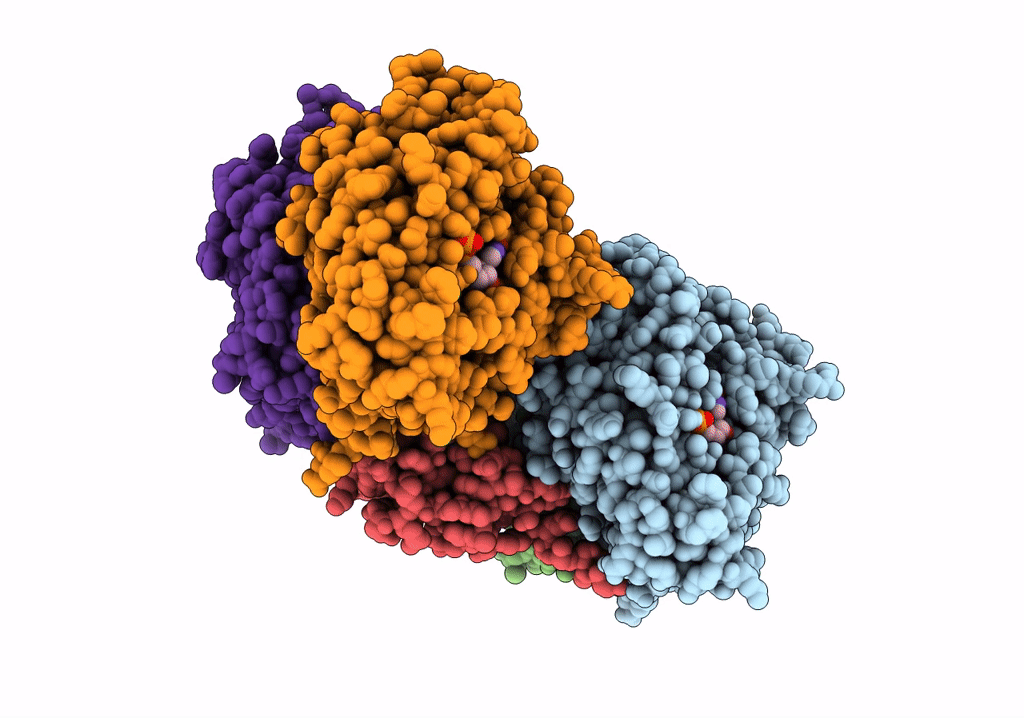
Deposition Date
2019-04-12
Release Date
2020-04-15
Last Version Date
2024-05-22
Entry Detail
PDB ID:
6RF8
Keywords:
Title:
Cryo-EM structure of the N-terminal DC repeat (NDC) of NDC-NDC chimera (human sequence) bound to 13-protofilament GDP-microtubule
Biological Source:
Source Organism:
Homo sapiens (Taxon ID: 9606)
Bos taurus (Taxon ID: 9913)
Bos taurus (Taxon ID: 9913)
Host Organism:
Method Details:
Experimental Method:
Resolution:
3.80 Å
Aggregation State:
FILAMENT
Reconstruction Method:
SINGLE PARTICLE


